National Geographic International asked us to come up with a low budget series about six great battles of World War Two. A welcome commission, but our challenge was how to make a distinctive series on a tired subject with very little money.
Picking the battles was the easy bit, but without funding for lavish dramatic reconstructions, or even the budget to travel to the battlegrounds, series producer Kate Barker, fellow director Robert Hartel and myself were forced to get seriously creative. Luckily our boss, and executive producer, Ian Duncan is one of the few people I have come across who genuinely sees a financial limitation as an artistic challenge, which helps!
We decided to tell the story of each battle from the point of view of the two opposing generals. The generals would occupy the same bunker and sit facing each other across the same map table, locked in combat like two chess grandmasters.
This War Room setting provided the solution to another problem: although we had stunning archive of every battle, we were in danger of only being allowed to use a fraction of it because we were contractually obliged to limit our use of non-High Definition footage to 10% of total programme content. We got round this by projecting the archive film onto a screen in the bunker and re-filming it in HD. This also allowed our two Generals to view the footage as if the battle was unfolding right in front of their war-weary eyes.
We then considered how best to get inside the heads of our two opposing Generals.
Rather than interview historians in the traditional time-honoured way, we decided instead to ask a pair of real-life Generals to guide us through the actions of their WW2 counterparts. Generals study the strategy of past battles as part of their training. We also knew that they would understand better than anyone else why certain decisions were made in the field, why key tactics were employed, and what it felt like to be responsible for the lives of thousands of men. They also had a natural authority - I remember one of our modern military heroes, when describing a particular tank attack during the battle of Kursk, modestly remarks, “Having been through a minefield myself ...”
Now the exciting bit ...with content in place, how to create dazzling memorable visual fireworks on no money? Answer - Cardboard.
Given that shooting expensive reconstructions of battle scenes was clearly out of the question, we shamelessly started cutting out cardboard soldiers, cardboard tanks and cardboard planes. In a very basic way our generals would be able to move these props around the battle table to demonstrate their strategies.
But then the real magic happened ... our graphics company Fluid digitized these cut-outs and sparked them into life. Now the tanks could trundle around the battle map and fire their guns at one another; and cardboard planes could fly around the room and drop their cardboard bombs to explode in cartoon cardboard flashes.
A homage to the action figures of Commando (a 70s comic for pre-pubescent boys) and the cut-out dolls of Bunty (a 70s comic for pre-pubescent girls), we had created a new kind of CGI - cardboard generated images - low tech genius!
After that, we wondered how we should portray the hand-to-hand fighting on the ground. Again, we wanted to do this in a fresh way. We decided to shoot stills, rather than moving footage, of WW2 re-enactors, dressed in their authentic period uniforms. The stills were then treated in Photoshop to make them look as though they had been shot on ropey Bratislavan film stock.
These photographs of soldiers worked so well that we carried them through into our “real-life” demonstrations. We turned them into life-size cardboard cut-outs for our experts to do their worst with - our sniper man fired bullets into them, and our explosives expert blew them up with a Molotov cocktail.
So we can't honestly say that no cardboard cut-outs were harmed in the making of this film - but we can say that war documentaries will never be so much fun to make - and hopefully just as rewarding to watch.
Leesa Rumley is producer/director of Windfall Films; Generals at War



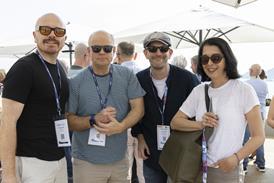






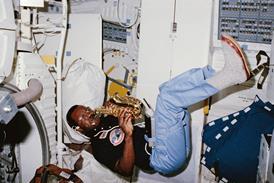
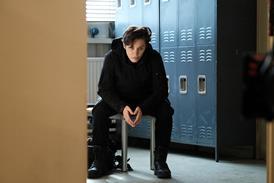
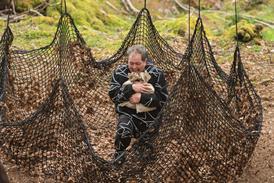

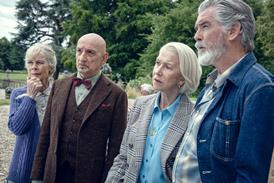





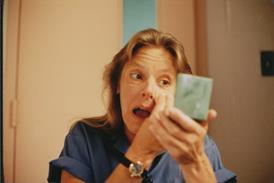
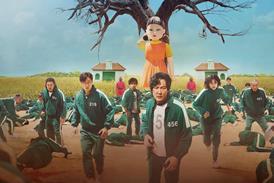
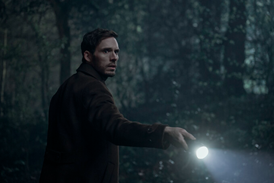



No comments yet